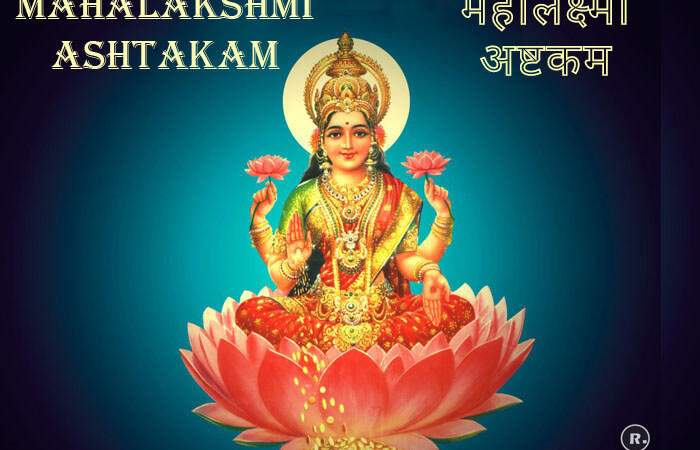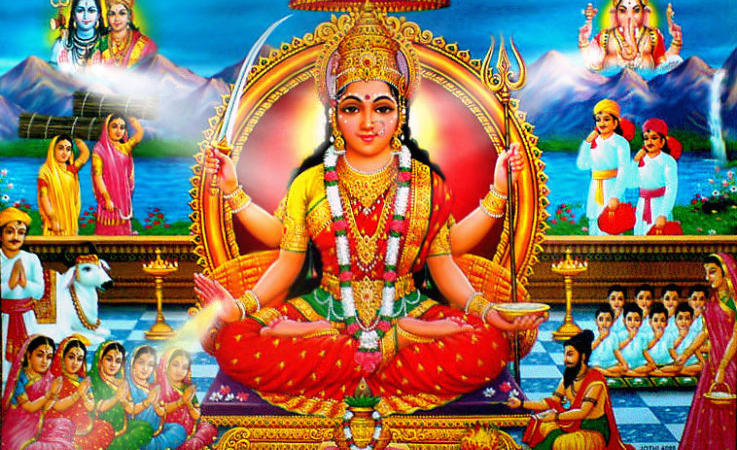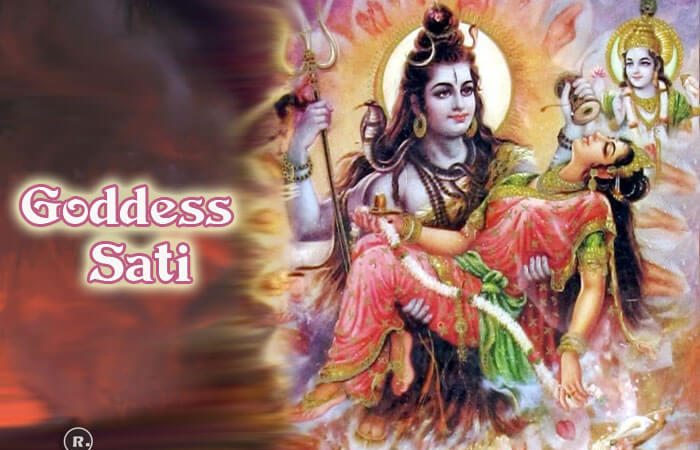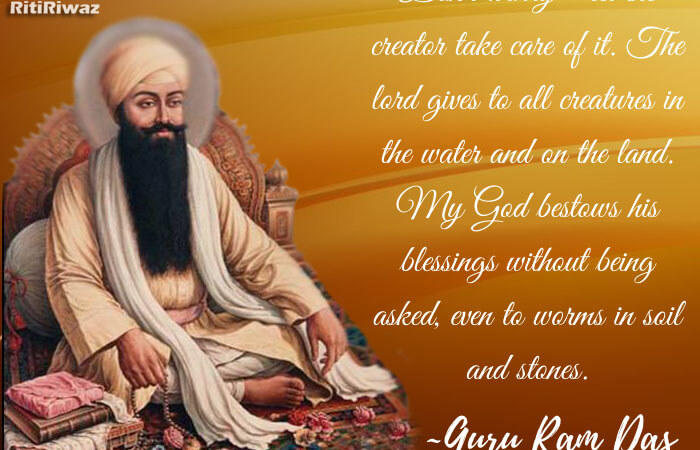Biography of Guru Har Rai Sahib
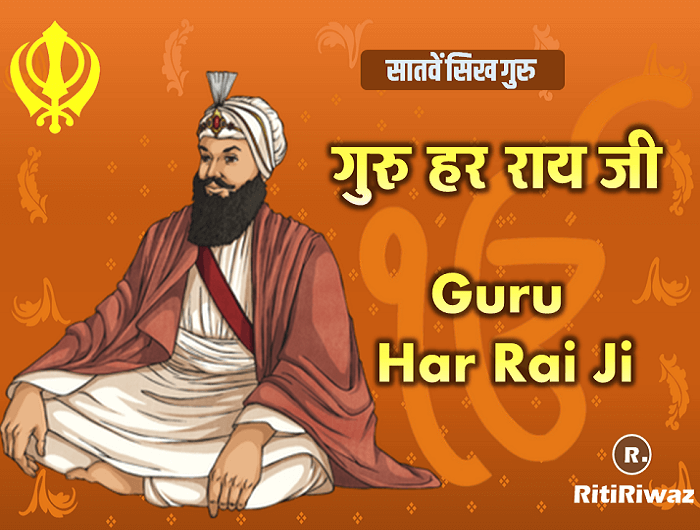
Guru Har Rai (Gurmukhi: ਗੁਰੂ ਹਰਿ ਰਾਇ) was the seventh of ten Gurus of Sikhism. Guru Har Rai Ji was the embodiment of gentleness and kindness. He became the Sikh leader at the age of 14, after the sixth Sikh leader his grandfather Guru Hargobind died on 3rd March 1644. Guru Har Rai developed Kiratpur sahib as a town of parks and gardens. Located on the banks of a tributary of the Sutlej, he planted flowers and fruit-bearing trees all over the area.
Guru Har Rai Sahib was a man of peace but he never disbanded or discharged the armed Sikh Saint Soldiers who earlier were maintained by his grandfather (Guru Hargobind Sahib). Guru Har Rai Ji carried on the traditions of his Grandfather Guru Hargobind by walking the sacred path of the warrior-saint. He continually kept a mounted guard of 2,200 warriors whilst continuing to spread the message of Waheguru.
Fast Facts:
- Name: Har Rai
- Birth: January 16, 1630
- Place of Birth: Village Kiratpur (Anandpur)
- Father: Baba Gurditta
- Mother: Mata Nihal Kaur
- Wife: Mata Krishen Devi
- Children: Baba Ram Rai, Guru Harkrishan
- Guruship Period: 8 March 1644– 6 October 1661
- Death: 6 October 1661 (aged 31)
- Death Place: Kiratkarnir Sahib, Lahore Subah, Mughal Empire
- Indian spiritual teacher: Seventh Sikh Guru
- Spiritual Predecessor: Guru Hargobind
- Spiritual successor: Guru Har Krishan
The early life of Guru Har Rai
Guru Har Rai was born on January 16, 1630, in Kiratpur to Baba Gurditta the eldest son of Guru Hargobind. From a very young age, he exhibited sensitivity to all living things and endeared himself to his grandfather Guru Hargobind. Thus, living a life of humility, Guru Har Rai Ji inspired others to do the same.
Guru Har Rai Sahib was the son of Baba Gurdita Ji, the eldest son of Guru Hargobind, and Mata Nihal Kaur Ji(also known as Mata Ananti Ji). His father died when he was just 8 years old. He spent his life at his birthplace of Kiratpur. He would spend his morning and evenings listening to devotional music and giving lectures on the writing of the Gurus. He was fond of hunting but never kill the animal whereas keeping them as pets in his zoo.
The Guru would also eat simple food which was earned by the labor of his own hands. Followers from far would come to Kiratpur to seek his blessings. Guru Har Rai also traveled a lot in order to spread the message of Sikhism to the masses. He sent Bhagwan Gir to eastern India to preach Sikhism. Another disciple Bhai Pheru was sent to Rajasthan and Suthre Shsh was appointed to Delhi.
Guru Har Rai also had the challenge of maintaining unity within the Sikh party, as his older brother continued to cause problems over the years, trying to split the Sikh movement. He started several public singing and scripture recital traditions in Sikhism. The katha style recitals were added by Guru Har Rai, to the sabad kirtan tradition. He also added the akhand kirtan of continuous chanting as well as the tradition of jotian da kirtan a Satsang singing of scriptures.
He loved nature and the story related to it was once Guru Har Rai as a young boy accidentally battered a flower in his garden with his gown. He was very much hurt by this incident and loved and preserve nature and started the medicinal herb garden known as called Naulakha Baagh.
When Mughal emperor Shah Jahan’s eldest son Dara Shikoh was seriously ill, Guru Har Rai sent a herbal medicine which cured him. Guru Har Rai was asked why he was helping the Mughal prince Dara Shikoh whose forefathers had persecuted Sikhs and Sikh Gurus. Har Rai is believed to have replied that if a man plucks flowers with one hand and gives them away using his other hand, both hands get the same fragrance. The emperor Shah Jahan was very much pleased with Guru and forget his enmity and vowed that he would never again cause him annoyance.
Guru Har Rai founded a hospital and health research center in Kiratpur, where medicines were dispensed free of charge and in abundance. Through his unparalleled compassion and understanding of how the Creator lives in all, the Guru spread the important message of Simran. As well as nursing humanity, Guru Har Rai highlighted the necessity of aiding animal welfare and respecting ecological fragility. Guru Har Rai highlighted humanity’s responsibility towards ecological balance and wellbeing.
After Aurangzeb, he summoned Guru Har Rai in 1660 to explain his support for the executed Dara Shikoh. He sent his elder son Ram Rai to represent him. Aurangzeb argued with Ram Rai about a verse from the Sikh’s holy text that he believed was biased against Muslims. Instead of standing up for his heritage and the holy text, Ram Rai changed it to make Aurangzeb happy. This made Guru Har Rai very unhappy, to the point where he named his younger son Guru Har Krishan to succeed him.
The Guru exclaimed, “Ram Rai was a genuine claimant for my throne. But the Guruship is like the milk of a tigress which can only be contained in a cup of gold. Now Ram Rai shall never see my face again“. Ram Rai later never saw his father again and maintained a friendship with Aurangzeb.
Death and succession
Since Ram Rai had proved a disappointment to his father, Guru Har Rai appointed his younger son as the next Guru. Har Krishan became the eighth Guru at age 5 after Guru Har Rai’s death because of natural causes on October 6, 1661. The Sikh devotees were inconsolable at the untimely death of Guru Har Rai and it was the new Guru Har Krishan who consoled the followers, telling them to accept God’s will.


